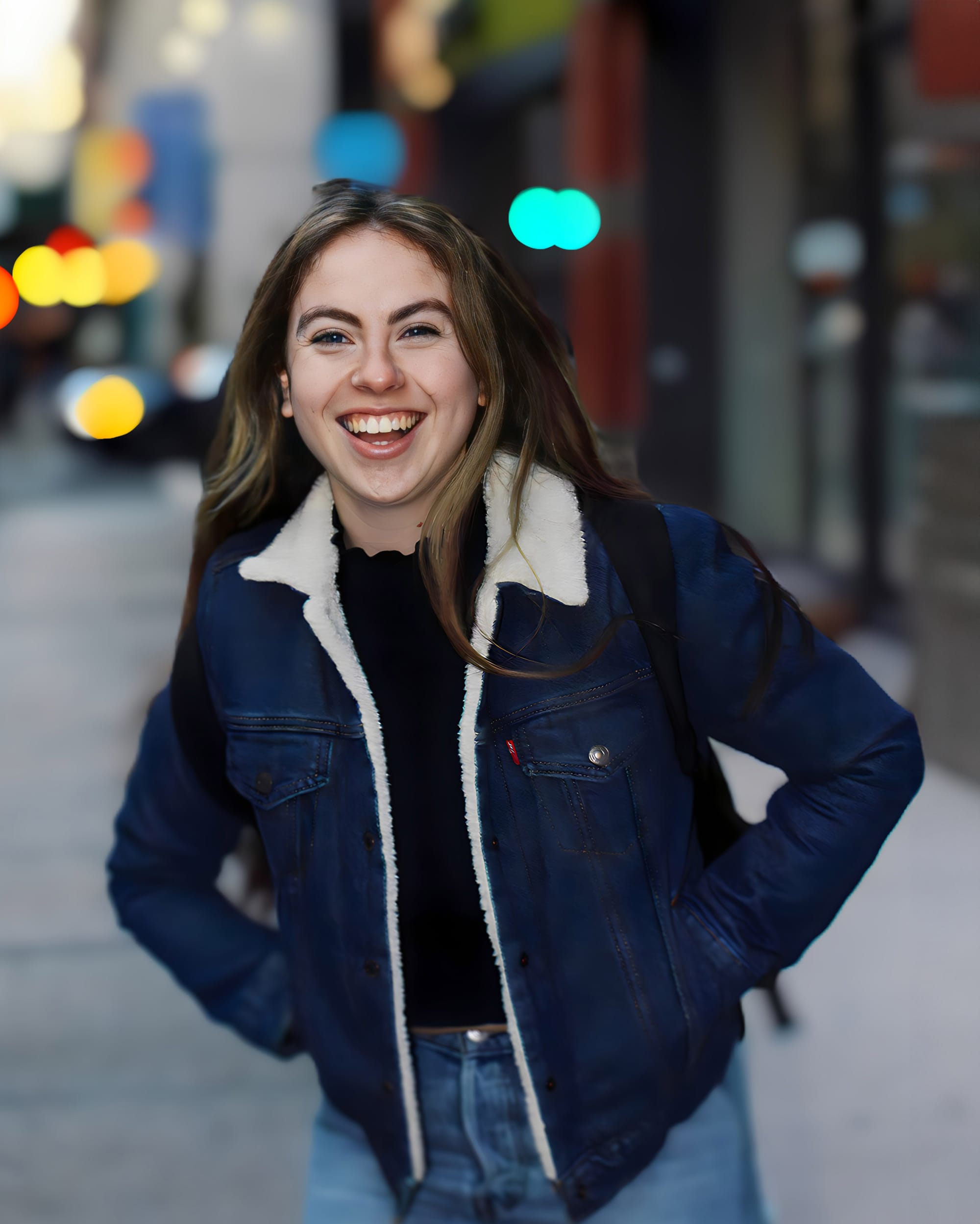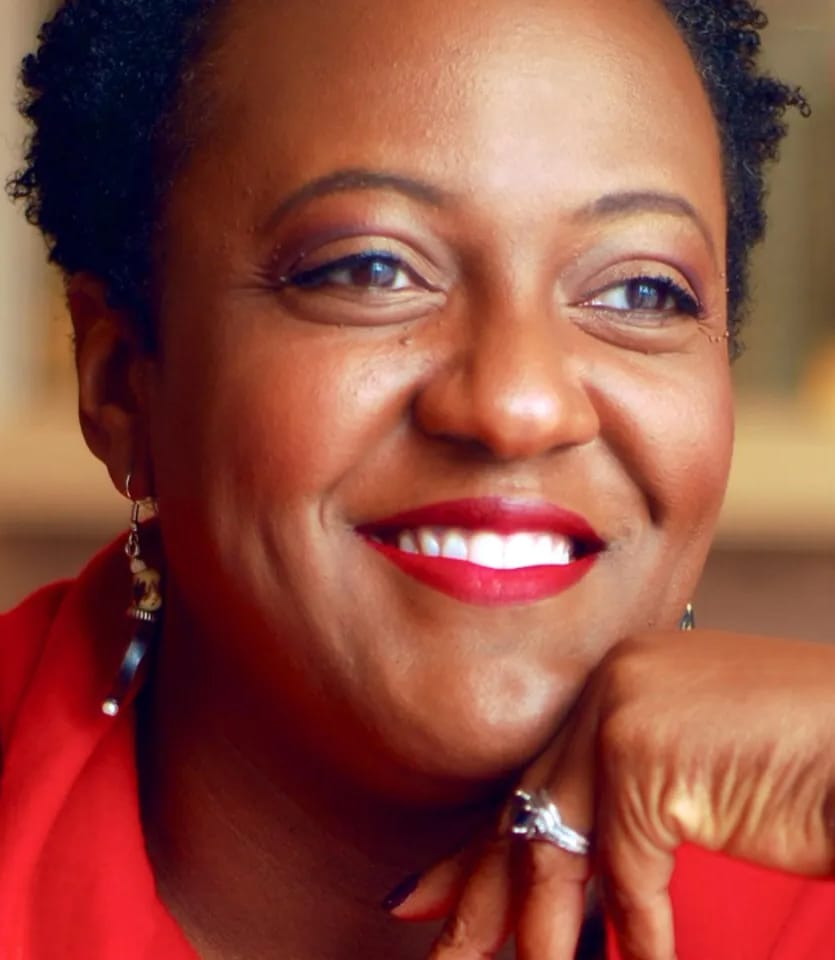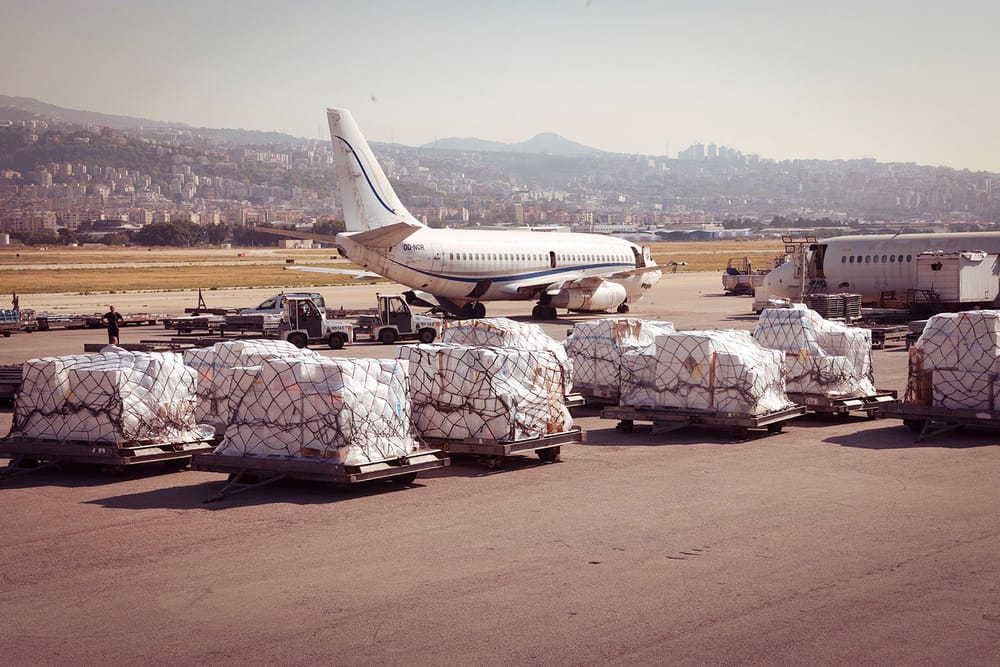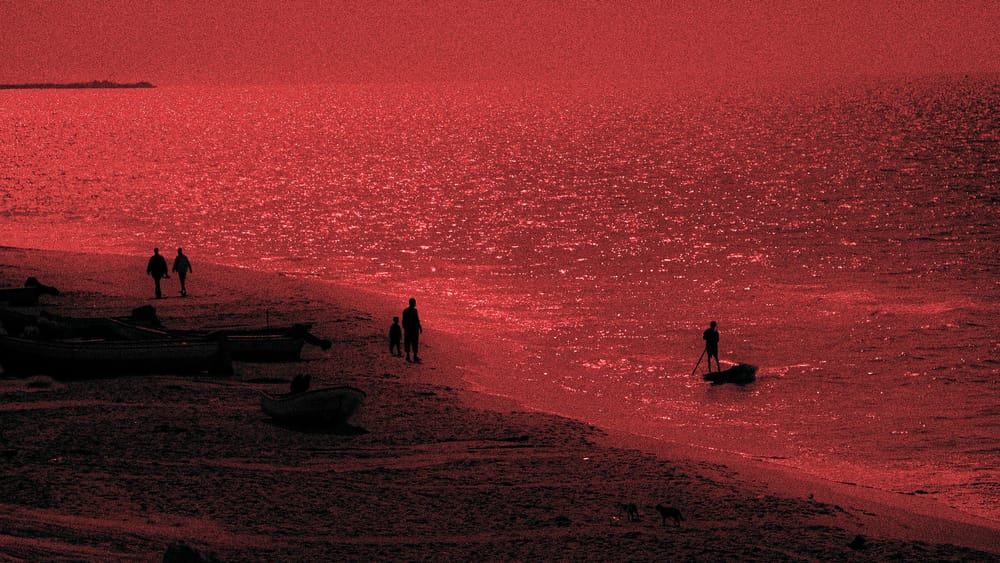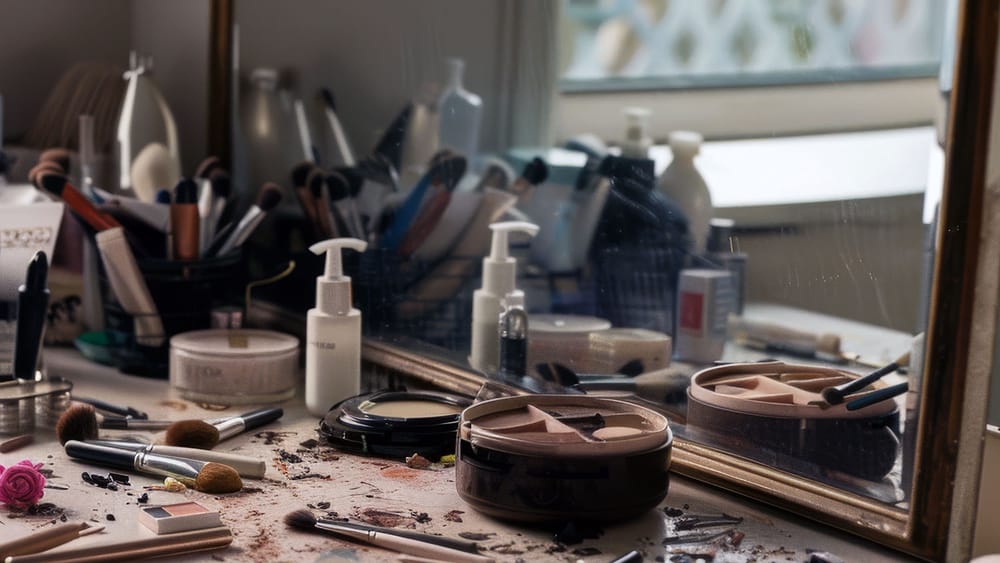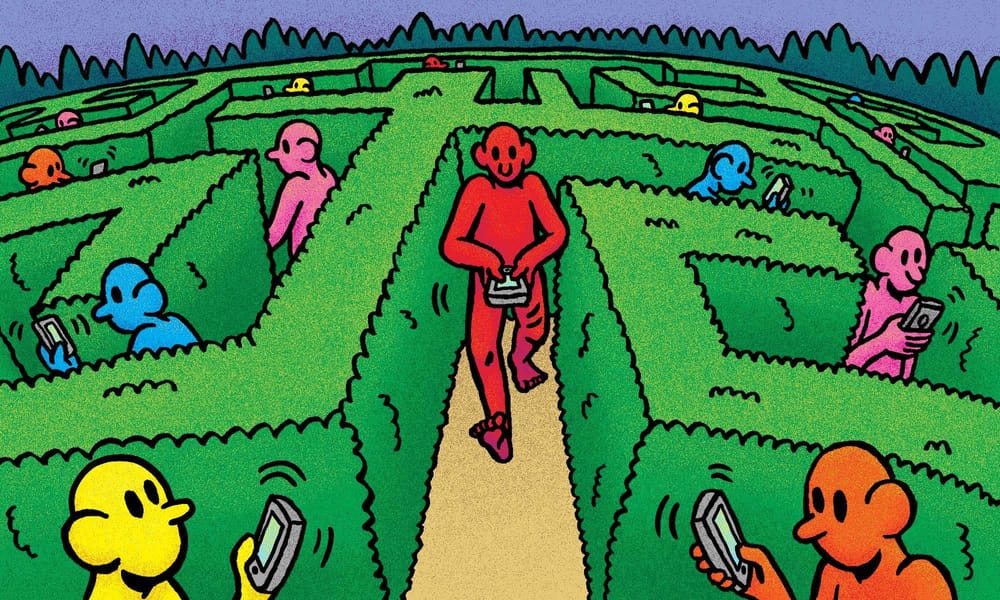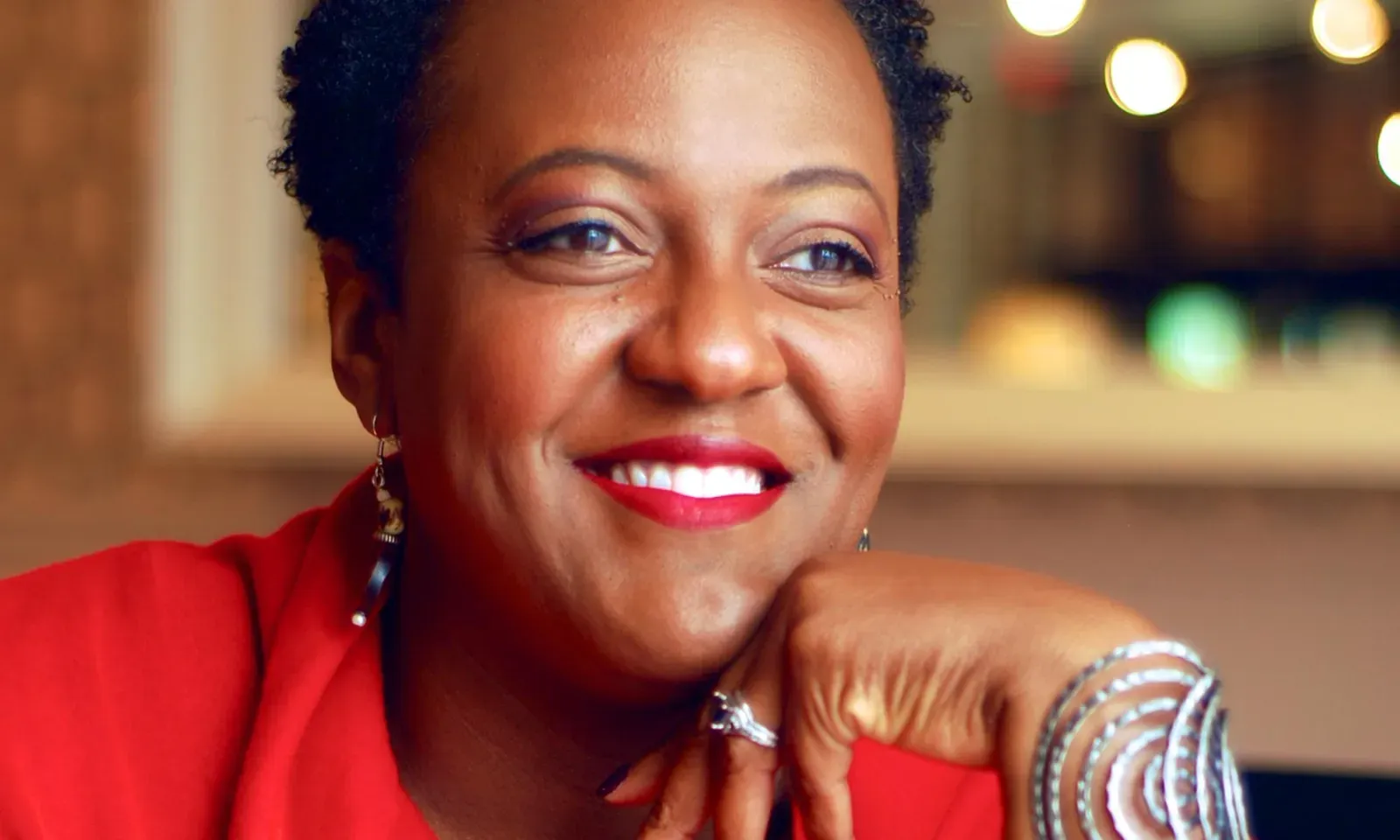
In the face of the many seemingly unsolvable problems of the world, it takes courage, faith and determination to take on the role of a superhero. Colours of a Changemaker is a series of interviews with Black, Indigenous and People of Colour from around the world who are using their vocation to create social and environmental change. As Gandhi once said, we must be the change we want to see in the world, and these changemakers are doing just that through their art, music, written works, social platforms and much more.
Heather McTeer Toney is a devoted public servant and advocate in the sphere of environmental protection and justice. In 2004, Toney was elected the youngest and first female and African American mayor of Greenville, Mississippi. Only five years later, she became chairwoman of the Environmental Protection Agency’s (EPA’s) Local Government Advisory Committee, and she was later nominated by President Obama to serve as EPA Administrator for the Southeast Region. Toney maintains she is a “recovering politician,” however, and has since made a name for herself in environmental activism, working with Environmental Defense Fund, Mom’s Clean Air Force and the Moms & Mayors program. In our conversation, we cover the immediacy of the climate crisis and how the media is more eager to laud certain communities for their response.
I want to start by talking about politics and then I promise I’ll move on because I know you said you’re a recovering politician.
I am a recovering politician [laughs].
I’m curious about your time working in local government. Could you talk a little bit about the ways that you as a mayor saw the climate crisis or environmental racism playing out on the ground in the neighbourhoods you represented?
You know, as a mayor, I didn’t know it was environmental impacts. I didn’t know that these were climate impacts. When I saw rampant flooding that was taking place from storm after storm, I did not equate that with the fact that we have significant climate changes happening, and it’s impacting the part of the country in which I live and the city belt region in a way that was disproportionate to other parts of the country. I thought it was poor infrastructure, which it was in part, don’t get me wrong. Impoverished communities that suffer from poor upkeep of infrastructure and maintenance are always susceptible to climate impacts more than others. But as an elected official, as a leader, I didn’t see that. And it wasn’t until later in my career that I began to identify the connection between what I saw and experienced on the ground and how climate change was a direct contributor to those situations of flood, of failure of infrastructure, of pollution, of groundwater issues.
So I would see, for example in my community, a lot of talk about street repair—street repair because our streets just had been dilapidated, especially in the Black parts of town. And so since I was the first African American mayor, there was a lot of pressure to really try to remove barriers that had been in existence for years and restore, even improve in some places, streets, sidewalks, curbs, gutters, wastewater infrastructure—basic pieces of infrastructure that had been left out of some parts of the community. And there were a lot of people who felt that that should be prioritised because they had gone without it for so long. And I learned more—and again, being really really young as a mayor, you come in and think you can save the world like, “Give me a million dollars; I can go fix it!”—but I learned that that was not always the answer. I learned that we could pour money; we could pour shovels of money into projects that would ultimately band-aid it for a moment, but would not be fixing the problem because we’re not addressing the root cause of the problem. And when I really began to understand climate change, environmental justice, [the] history of environmental justice in Black and Brown communities and what that looked like in places like Greenville, Mississippi, and the Mississippi Delta, it looked like those infrastructure projects that I thought were just street projects, I was supposed to fix. No! It was projects that were directly tied to the fact that we were in a low-lying area and community; that we were right next to the Mississippi River; that we were in an area that over years has been shifted and changed by the Army Corps of Engineers, but also has created extreme pressure on our systems, which in turn created pressure on the wastewater sewer systems, on the streets that then created these huge potholes which required us to fix [them] over and over and over again. That was all made worse with climate change—was all made worse because as we contribute across this globe, across this planet, to increased emissions, it ultimately means that we’re putting more carbon in the air, making the Earth hotter which creates more water in the storms, which creates more flooding on the streets, more citizens that are trying to figure out why their streets are crumbling. That’s a lot of stuff to pull together [laughs] from somebody who’s just trying to be a good mayor and fix the streets. But I think it’s so important to understand the connections between climate, local government, infrastructure development, maintenance, resiliency, adaptation, risk management. See these are all terms that you could use on a local level—we’ve got to tie them into climate change.
It is so important for local officials to understand this now, especially, [knowing] the importance of risk management after the most recent IPCC report, but it’s important to talk about it from a budget perspective. And stay with me for a minute: when you have a major emergency in your community—a hurricane, a tornado, a flood; I have been out in waders with the fire department, you know, out of my community when a canal has overflowed—that puts pressure on a local budget. You have to pay for the fire department overtime; you have to pay police overtime; you have to pay the public utility department and those men and women who are out rescuing or fixing what has happened from a climate disaster. That has a direct impact on the municipal budget and a direct impact on local taxpayers. So when talking about climate change as a local issue, it is very important to local people, local tax bases and local budgets; we just haven’t always made that connection.
Sure, that’s very true. I’d love for you to talk a little bit about the Moms Clean Air Force work that you’re doing and just share a little bit about what brought you to that work and also how the mechanics of it play out when you’re tackling an issue that’s so big. What does that day-to-day look like for you?
Sure. A little caveat: I serve as a senior advisor to Moms Clean Air Force and climate justice liason to Environmental Defense Fund, so I’m not [leading it] as I used to be in the past, but it is still truly amazing work that I’m glad to be able to support and advocate from wherever I am. [It] does not make a difference where I’m seated; I’m always going to be very supportive of Moms Clean Air Force’s work because it is powerful, amazing and very necessary work. I came to Moms, actually, right after the administration, with a brand new six-month-old baby boy, and looking—as a lot of Obama alumni, climate and environmental alumni were at the time— at how can we continue to make transformative change in the midst of an administration that clearly was not looking at climate and the environment in the same crisis way that we were. So, baby boy in tow, I’m really deeply looking at how I can be a great help.
Moms Clean Air Force was always one of the organisations that I was familiar with, both as a regional administrator and the way that they had shown up at our hearings and really were a powerful advocate for children. But as I became a mother myself, I really resonated with the power of groups of mothers. Major movements have happened with mothers, be it Mothers Against Drunk Driving, Moms Demand Action... you could just put moms on a lot of different things.
So, Moms Clean Air Force has a focus on clean air for all children, a focus on protecting children from the impacts of air pollution as well as climate change. I think [there] was a draw to marry together this sense of tunnel protection that could be exhibited by anyone, whether you’re a mom, dad, abuela, tia. That sense could be exhibited by anyone, but it was married with fact; it was married with science. It wasn’t just emotion or rhetoric. It is: “No, here are the facts and we’re going to show you these facts and advocate, and then we’re going to show you the village of people that truly support kids in terms of our protections that we’re fighting for.” So that’s what drew me to Moms.
If you’ve seen any of the Moms Clean Air Force material, you have seen my then six-month-old child [laughs], now grown up; he’s five. And it has been an amazing continuation of advocacy that has just grown. When I became the national field director, we were introducing in conjunction with the head of Moms Clean Air Force—her name is Dominique; her work is amazing—[a program called] EcoMadres, which is a Latina-based advocacy for moms [that] focuses on perspectives of climate and air pollution from a Latina perspective. The Community Rx program focuses on climate and health from the African American faith-based perspective. I started the Moms and Mayors program; I’m a mom and I was a former mayor so it made sense [laughs] but [the program] looks at how we can empower moms within their local communities, and it encourages them to sit on boards and commissions. And that’s one of the things that I’m most proud of. Out of Moms Clean Air Force, I’ve seen people empowered to step into leadership positions where it’s not just advocacy within our organisation but they’re sitting on their County Commission; they’re running for State Office; they’re sitting on boards and commissions locally within their communities; they’re on sustainability boards; their voice is actually really being influential in the places in which they sit. And that’s what we want to see happen. And so I’ve been oozing with excitement to see just how far and wide the reach of Moms Clean Air Force has gone and know that it will continue to do so in the future. Moms is currently working on a couple of different initiatives, one around clean electric school buses. So you will likely see one of those red shirts with Moms Clean Air Force on it or, “justice in every breath.”
Oh cool.
[Laughs] As we talk about the importance of electric school buses, natural gas and how that helps our children to not only breathe better, but learn better—all over the community, urban and rural—petrochemicals is something that you’ll see Moms Clean Air Force really begin to [talk about]; what happens in petrochemical communities, facilities with air pollution and the impacts on children, children’s health, children’s learning, as well as women of child-bearing age. So that’s another really big campaign. Methane pollution—we right now are putting in comments on the methane rule that is being considered by EPA and garnering our membership of 1.2 million members from around the country to really support and understand that reducing methane is key to us meeting our climate targets by 2035, 2040 and 2050. So these are the types of activities that Moms is currently engaged in, and I know it’s just going to continue to catapult more. I’m excited to keep supporting and rahrahrah [laughs].
Those do sound like exciting projects. I do want to ask while we’re still on the topic of moms fighting for a better world: I’m curious, because you reference a lot in your writing and in your work being a mother, about how you approach talking to your children about climate change?
So my oldest, she’s 15 and she’s probably been around my conversations so much that I learn from listening to what I hear her teach back, if that makes sense. So, you know, she’s been there when I’ve either given a speech or been on a stage or writing something or doing, you know; she’s watching MSNBC if I’m on there; so [laughs] it’s not like she doesn’t hear it all the time. And any parent of a teenager will tell you, you don’t want to go home and preach to your kids [laughs] the same stuff that you preachin’ all day.
Right, right.
But I remember when she was six and seven—funny story—my husband (her dad) brought me home some flowers, some roses, and at the time they were individually in these little tips that kept the water in them, in this nice bouquet, and so [I] set it up and the next morning I get up and my roses were gone. I was like, “What happened to my roses?” I looked outside and my seven-year-old had taken each one and planted [them] outside.
Oh!
Just in the front yard. She took all the tips and they were just stuck in the ground outside the front door [laughs]. And so I’m like, “What is this?!” And she was like, “Well, I was replanting them because that’s where they’re supposed to be.” [Laughs]
Oh, that’s so cute [laughs].
Okay, obviously [she was] listening. It was not long after that—she may have been eight or nine—we went on this tour of a NASA launching pad facility in South Mississippi. Long story short, she’s the only kid on this bus tour and she hears that the guy is describing how loud the stuff is when it goes off and everything and he asks, “Do you have any questions?” And [she’s] like, “So what about noise pollution? How does that impact the animals that are around?”
Oh my gosh.
[Laughs] And me, I’m saying, “You need to answer that question!” So I tell those stories because that to me is evidence that she listens. I don’t even keep reiterating over and over and over again, because she’s listening. She’s taking it in and she’s making her own decisions. And so I would say in talking to kids and teenagers about climate, it’s about listening to what they’re telling you back and addressing it in that way and in that fashion—giving them the information so that they can formulate their own opinions about what these things mean. Because she has [grown] up around this. My son who’s now five—my husband and I, we never taught that child how to recycle; we never taught our five-year-old recycling because he followed everything she was doing.
Wow.
So without even having to say to Devon, “This is trash; this is recycled,” he would automatically take a plastic and put it in the recycling bin. And I think that’s the best example of how it’s learned: they teach each other; they pattern. Because I didn’t teach my child; I didn’t teach my youngest; I didn’t teach him how to recycle. But I promise you if you come into my house with a plastic bottle and try to throw it in the rubbish bin... [laughs].
Gotta start ‘em young. That’s amazing. I wanted to finish off with an article that I had read that you wrote recently about the skewed media coverage of the response to COVID-19 and how it really didn’t show the response of People of Colour. And I wanted to ask: looking back, how much you think that that has been true for other crises? Also, how much you think it continues to be true as climate change knocks on our door?
I’m writing about that right now ‘cause it’s prevalent and it is obvious to the Black community, but it is also something that we have to work through in terms of how we communicate the importance of major issues and our role in them. So, you know, looking at how when COVID came out, there were so many different—even to this day—so many different rumours and issues about what it is and what it meant. And the way that we talk within the Black community—and any community—takes into account of course our history. Black people in America have a very traumatic history when it comes to medical practices and testing; that is no secret. So even outside of the history that you read in the book around Tuskegee and Henrietta Lacks and all the testing that was done, people’s personal experiences, even to this day, are very very close such that they don’t trust a lot. So it takes a certain group of people to be able to have that conversation and to dispel those myths, and we didn’t have that. That conversation was not taking place. So it definitely had an impact on how we talked about COVID but you sort of stretched that question to say, “Is that the same thing that’s happened with climate?” Is that the same thing or the same reason why we don’t see a lot of Black engagement around climate change? And I have to actually push back because I say no, it’s not the fact that we don’t have a lot of engagement; it’s just that what European models of climate and climate action look like versus African American models of climate and what that looks like are two different things. And so we’re not seeing it the same way. Have Black people and African Americans been active on climate change? Absolutely. However, there’s a very, very slim chance that you will find Black people up in arms or in uproar about a plastic bag ban in a community, right?
Sure.
That is not going to be the group of people that you see standing up there at Walgreens falling out because they don’t have a bag. Now, five times out of ten, I know you’re going to be like me, and be like, “Look, just give it to me and I’ll put it in my bag; it can fit; I’ve got all kinds of stuff in here” [laughs].
Sure, sure.
You know, they gon’ take it and keep on moving. And we recycle anyway. It’s the way that the cultures, I think, talk about the intersections of climate within their everyday life. So—and this one is funny because I’m writing this right now—I was writing about how when you think about things like food, food insecurity and climate change and the scientists and the big organisations and the world tells us all, “Okay, you don’t need to eat any more meat. In fact, you know what, if y’all stop eating meat and you don’t eat it as much, it’s better for the hot climate; it’s better for the environment, and hey, it’ll even reduce your blood pressure. Don’t you want your blood pressure reduced?” Black folk are looking like, “Are y’all talking to us?” Because the reason we’re eating what we’re eating right now has to do with systemic racism and the fact that this is what we were made to eat from a period of enslavement. In fact, we didn’t have the land to actually plant fruits and vegetables on because it was stripped away from us. And now that we’re in this space of protecting the environment and climate, you’re telling me I need to go plant my food? I don’t even own the property to plant on! So I don’t have the privilege that you have to plant behind my backyard. And then let’s take it another step: the land is toxic because I live in an environmental justice community [communities most impacted by environmental harm and risks]. So all of these great ideas that we have, why am I the victim? The conversation should be reversed because Black people have been dealing with these issues since the beginning.
But how we talk [about] them, how we encapsulate them, that’s the place where I think we are finally coming to this understanding and changing stories: collaborative, culturally competent solutions that can be implemented across all communities. So while yes, reducing meat intake is important to reduce overall methane going into our atmosphere as well as health and wellness, maybe when talking about it within the Black community, we should have conversations around, “Okay, what have been the solutions that have worked in these spaces?” You know, “What have been and how do we implement or get folks to understand or take advantage of the existing Black vegan and vegetarian movement that’s tied to religion?” That’s a whole other conversation because there’s a ton of Black vegans and vegetarians that feel like there has been an extreme cultural appropriation because they’ve never eaten meat; it’s been a part of cultural and religious practice. So, you know, there are a number of different ways of addressing the issue so that we are no longer covering up what has been the Black experience in these spaces but allowing a little bit of light to shine in.
Sure. I think that was a little my curiosity when I was asking the question about the media coverage of it and how much you think that that’s been unbalanced and, as a climate activist, whether or not you think that the media is responding with the same kind of trope as you mentioned in the article of failing to show this kind of robust response that is happening and not giving the same kind of airtime or due justice in its reporting.
There is a really good study by Media Matters that shows the amount of time that cable news networks are giving to environmental justice issues, are giving to issues that directly impact People of Colour with respect to climate change and environment and COVID. And it showed there was such a stark disparity between the number of actions that were taking place in environmental justice communities—extreme weather events, extreme death rates, high rates of COVID—and what was shown in the actual airtime given on major cable news networks. And the report was saying that we can clearly see that not only is there a discrepancy in the airtime that’s given to these environmental justice climate issues, but that when people don’t see it, there is no response to it. So the very fact that it’s not there means that people are unaware, they create their own ideas and tropes around what happens and it creates a whole other problem. So, very similar to what we were talking about before, with why people don’t understand. Well, you don’t see it; you don’t see who it’s impacting and it’s not covered. Then you have no idea that it’s happening. To take that a step further is to say not only is it not covered but it’s not covered and not shared by voices, trusted voices that look like the people who are being impacted. So that directly ties to the number of Black and Brown and Indigenous people who are actually giving the news because that again becomes a trusted source. And that’s not to say that White people can’t tell Black news, no. It is saying that even in the few little air moments that we get to talk about these issues, it’s important to have experts who are given those 20–30 second sound bites to speak to a lived experience backed with fact and science.
I really only have one last question. You talked some about encouraging leadership positions for women and leaving an impact in all of these different spaces—so, as you look forward, where do you hope to see your impact most?
I feel strongest and have the best impact when I am deep into collaboration and community engagement. I love bringing unusual types of groups together to think through how we solve a problem, but not only through one lens. I think that, moving forward, as we’re addressing climate risk, adaptation, resiliency and reducing the pollution in an effort to meet these goals, it’s going to take some collaborative efforts across lines that maybe we haven’t thought of before. That’s where I like to be. Having opportunities to not only have strong collaborations but to leverage funding, resources, and community in a way that not only reduces our pollution but builds community, builds resiliency, creates jobs. I want my kids to have these new green jobs that are coming out so mommy can go retire on a beach that I need to exist; I need the beach to be there [laughs]. And I need my kids to have a good job so that mommy can sit on the beach. And that is going to take this collaborative work right now, but it also has to be scalable, right. It has to be something that we can wash, rinse, repeat; that other communities can use as best practices.
We have to share; we have to break down silos, have conversations across regions to understand how we all are able to bring together collaborative groups out West that help to create resiliency with respect to fires—be it removing barriers from insurance or rebuilding or credit worthiness or whatever it is. How can we duplicate that in places that are hit by hurricanes? How can we ensure that there are no sacrifice zones that are created across this country? And then, once we get this packaged up, sort of best practices, let’s take this and figure out how do we partner with our friends and neighbours—in Europe and Africa and Asia—that are also being hit by these extreme storms. Because we only have one planet. We’re all on this one big block together. And then I would say finally one of the things that I really foresee but also love to have integrated is just the very ancient authentic, “I told you so” perspective of our Indigenous community. Because that is so valuable. And so much of our Earth’s biodiversity is protected by Indigenous communities—they literally are on the front lines of this work. So having a part of this collaborative leadership effort... like I said, that’s my sweet spot; that’s where I like to be. It’s both listening to historic, ancient, authentic, very real solutions and marrying it with what is going to be happening in the future. And how do we make this happen successfully? That’s my happy place and where I think there’s a lot of not only leadership but there’s need, and it needs to happen quickly.
You can follow Heather Toney on Instagram here, on Twitter here, and you can learn more about her on her website here.


